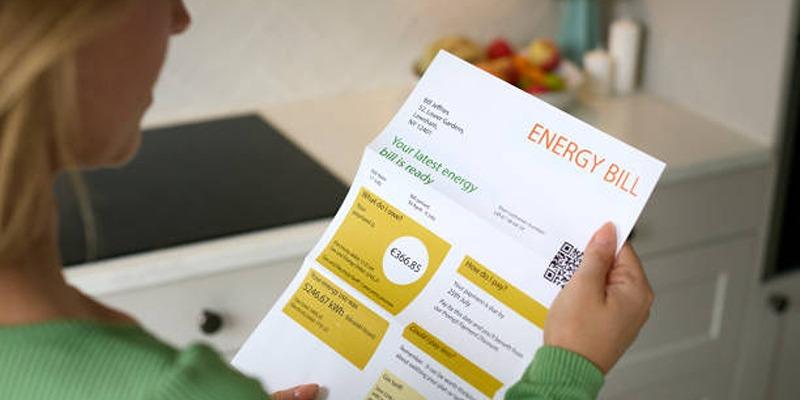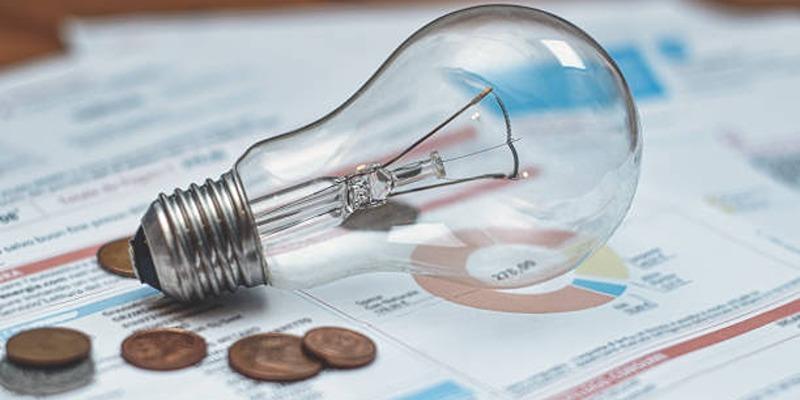Lighting falls under the class of basic utilities, but the expense or the costs involved in the acquisition can sometimes be a quest. Whether you are a new homeowner or a person seeking to find a way to budget his / her monthly expenses effectively, you need to know more about an average electricity bill and how to manage it. In this guide, youll learn about the main electricity costs and factors that affect your electric bills and advise practical ways to stick to your budget.
Understanding the Average Electric Bill
 Different states, house size, energy consumption, and climatic conditions determine the average monthly electricity bill. Consumers in the United States are charged an average of $120 to $150 per month. However, this figure can fluctuate depending on several factors:
Different states, house size, energy consumption, and climatic conditions determine the average monthly electricity bill. Consumers in the United States are charged an average of $120 to $150 per month. However, this figure can fluctuate depending on several factors:
1. Regional Differences
The cost of electricity differs from state to state. As an example, California and Hawaii have relatively higher rates than others because of the cost of generation and demand, while those of the Midwest and the South are rather lower.
2. Seasonal Changes
There are usually bill rises during summer and winter since people turn on their air conditioners and heaters, respectively. However, during spring and fall, energy usage is relatively low, and therefore, the amount payable on bills is also low.
3. Home Size and Appliances
Housing size and the appliances decide the proportions of energy that is utilized in a particular home. Of course, a big house with many devices in it will cost more money to pay electricity bills than an apartment or a small house.
What Can You Afford?
To determine what you can afford for electricity, consider these steps:
1. Calculate Your Monthly Budget
Start by assessing your total monthly income and expenses. Dedicate a portion (around 5-7%) of your income to utilities, including electricity. For example, if your monthly income is $3,000, aim to keep your total utility expenses under $210.
2. Analyze Your Usage
Review past electric bills to identify trends in your energy consumption. Many utility companies provide detailed usage reports, making it easier to see which months you spend more and why.
3. Plan for Seasonal Peaks
Budgeting for higher bills during extreme weather months can help you avoid financial surprises. Set aside a little extra during milder months to prepare for peak seasons.
Factors Influencing Electricity Costs
Several factors contribute to the cost of your electric bill:
1. Energy Rates
Utility companies charge different rates based on peak and off-peak hours, which can vary throughout the day and seasonally. By scheduling the use of high-energy appliances like washers, dryers, and dishwashers during off-peak times, you can see significant savings on your energy bill. Many utility companies provide a schedule of these times, so it's worth checking and planning accordingly.
2. Energy Efficiency
Homes equipped with energy-efficient appliances, windows, and insulation often benefit from reduced electricity costs. Upgrading to LED lighting, which uses a fraction of the energy of traditional bulbs, and investing in Energy Star-rated devices can make a noticeable difference in energy consumption. Additionally, sealing drafts and ensuring proper insulation in walls and attics can prevent energy loss, keeping your home more comfortable year-round.
3. Renewable Energy Options
In some regions, renewable energy plans are available and can be both cost-effective and environmentally friendly. These plans may offer energy derived from solar, wind, or hydro sources. Switching to a green energy provider, where available, not only helps reduce your carbon footprint but may also provide incentives or rebates, making the transition more affordable. It's worth exploring local options to see if a renewable energy plan fits your budget and values.
Practical Tips to Reduce Your Electric Bill
 Reducing your electric bill doesn't have to involve drastic lifestyle changes. By implementing a few simple strategies, you can significantly cut down on your energy costs while maintaining comfort and convenience at home.
Reducing your electric bill doesn't have to involve drastic lifestyle changes. By implementing a few simple strategies, you can significantly cut down on your energy costs while maintaining comfort and convenience at home.
1. Invest in Energy-Efficient Appliances
Energy-efficient appliances are designed to use less electricity while maintaining performance. By upgrading to these appliances, you can significantly reduce your energy consumption, resulting in lower utility bills over time. Look for products with the Energy Star label, which indicates that they meet strict energy efficiency guidelines set by the U.S. Environmental Protection Agency.
2. Use a Programmable Thermostat
A programmable or smart thermostat allows you to set a schedule for heating and cooling, adjusting the temperature automatically when you're asleep or away. This helps in reducing energy waste and keeping your home comfortable efficiently. Some models even learn your habits over time and make adjustments automatically to maximize savings.
3. Seal Air Leaks
Drafty windows and doors are common sources of energy loss in homes, leading to higher heating and cooling costs. Inspect your home for gaps and cracks and use weather stripping or caulk to seal them. This small improvement can improve your home's insulation, maintaining a stable temperature and enhancing energy efficiency.
4. Unplug Unused Devices
Many electronic devices consume power even when they're turned off, a phenomenon known as phantom or standby power. This wasted energy can add up over time. Unplug devices when they're not in use or use power strips to easily disconnect multiple devices at once, thereby reducing your overall energy consumption.
5. Optimize Lighting
Switching to LED bulbs can make a significant difference in energy usage, as they use up to 80% less energy and last 25 times longer than traditional incandescent bulbs. Additionally, maximize the use of natural light during the day by opening curtains and blinds, which not only saves energy but also enhances the ambience of your home.
6. Adjust Your Daily Habits
Making small changes in your everyday routine can lead to substantial energy savings. For example, only run your dishwasher and washing machine with full loads to maximize efficiency. Turn off lights when you leave a room, and try to rely less on heating and cooling systems by dressing appropriately for the season and using fans or blankets as needed. These simple adjustments can collectively reduce your energy footprint and save you money.
Conclusion
Understanding the average electric bill and learning how to manage it can help you take control of your finances. By analyzing your energy usage, budgeting wisely, and implementing energy-saving practices, you can significantly reduce your monthly costs. Remember, small changes in your daily habits and investing in energy-efficient upgrades can go a long way in making electricity expenses affordable. Start taking steps today to save energy and cut down on your bills!







